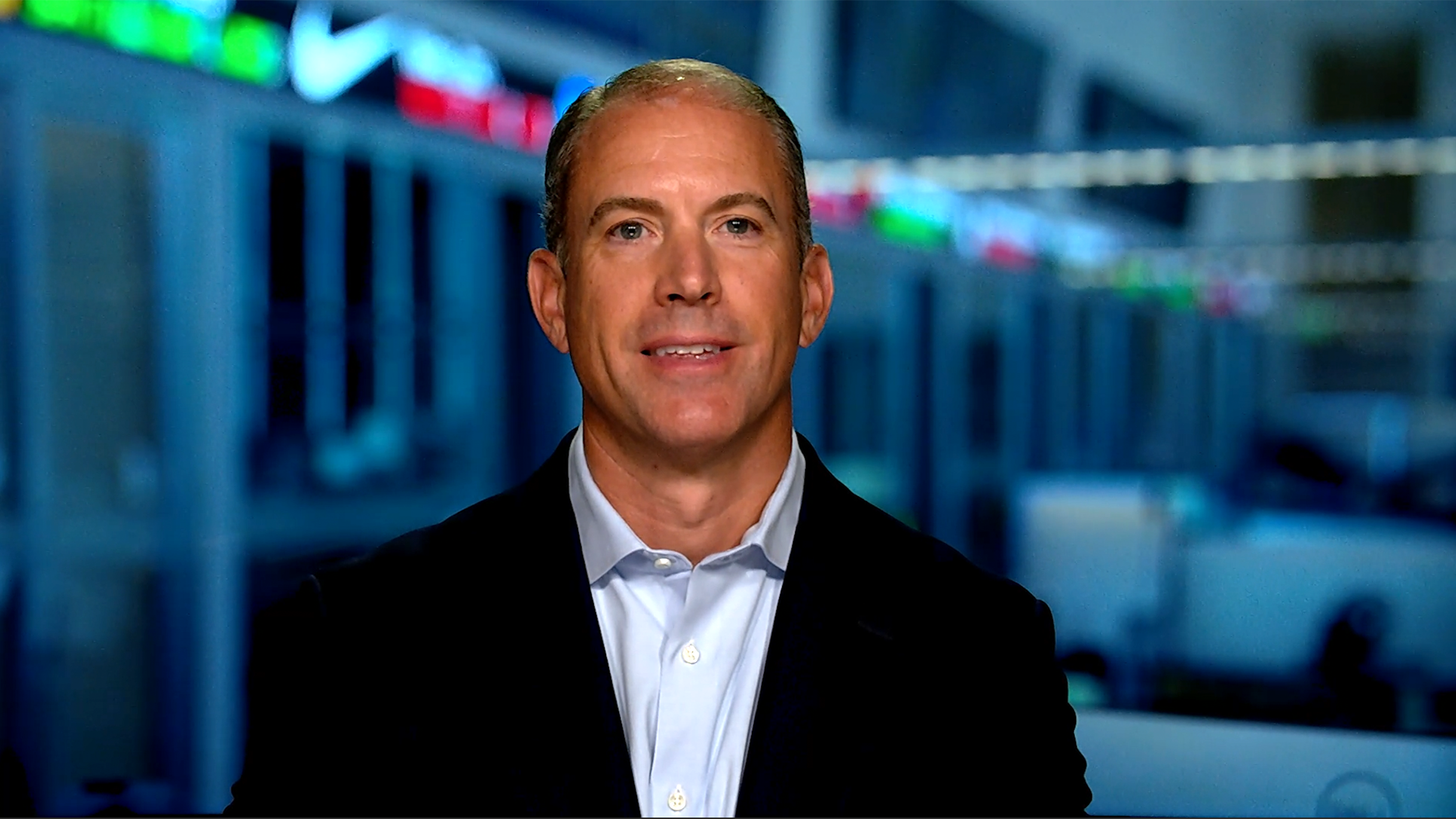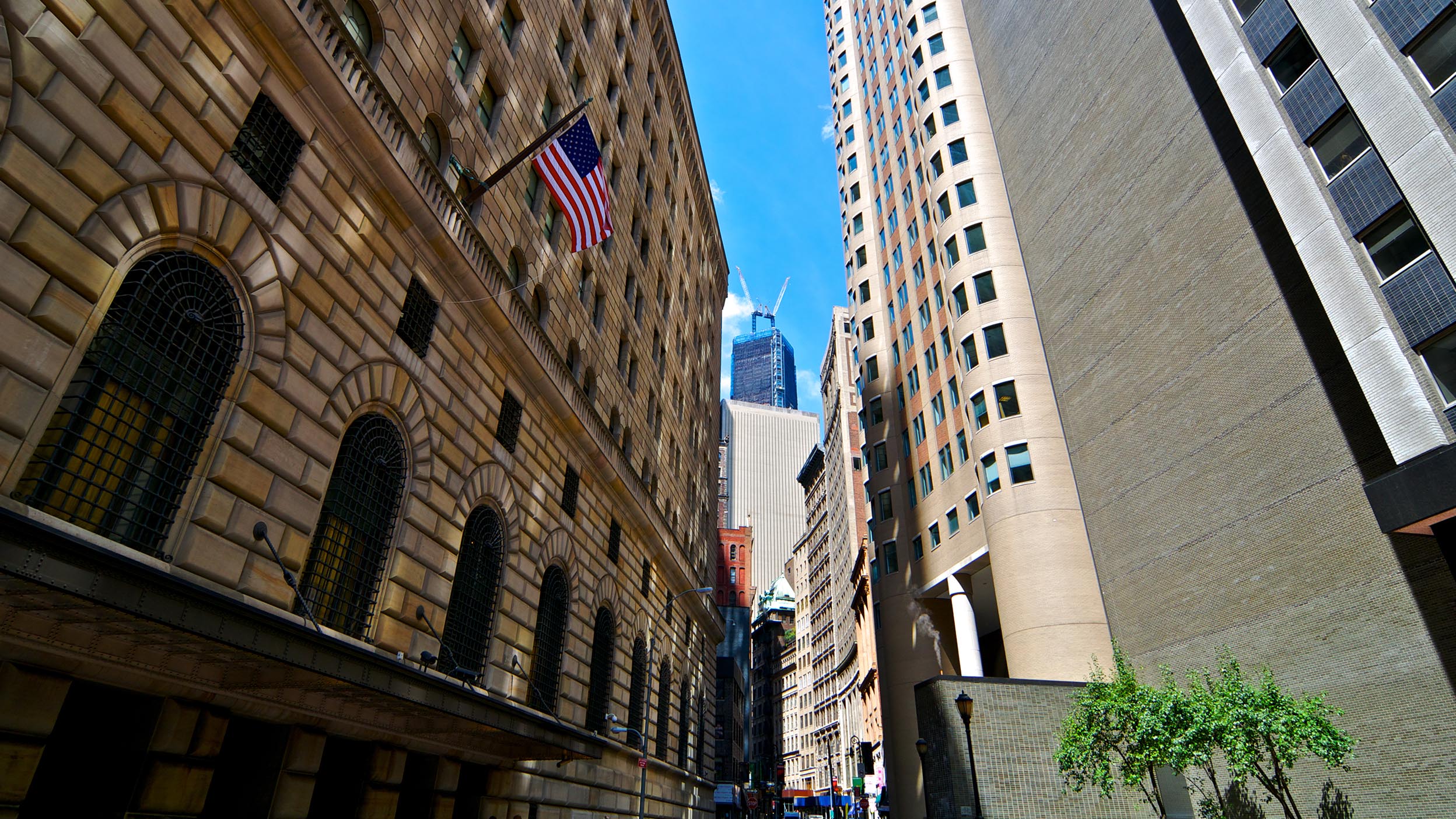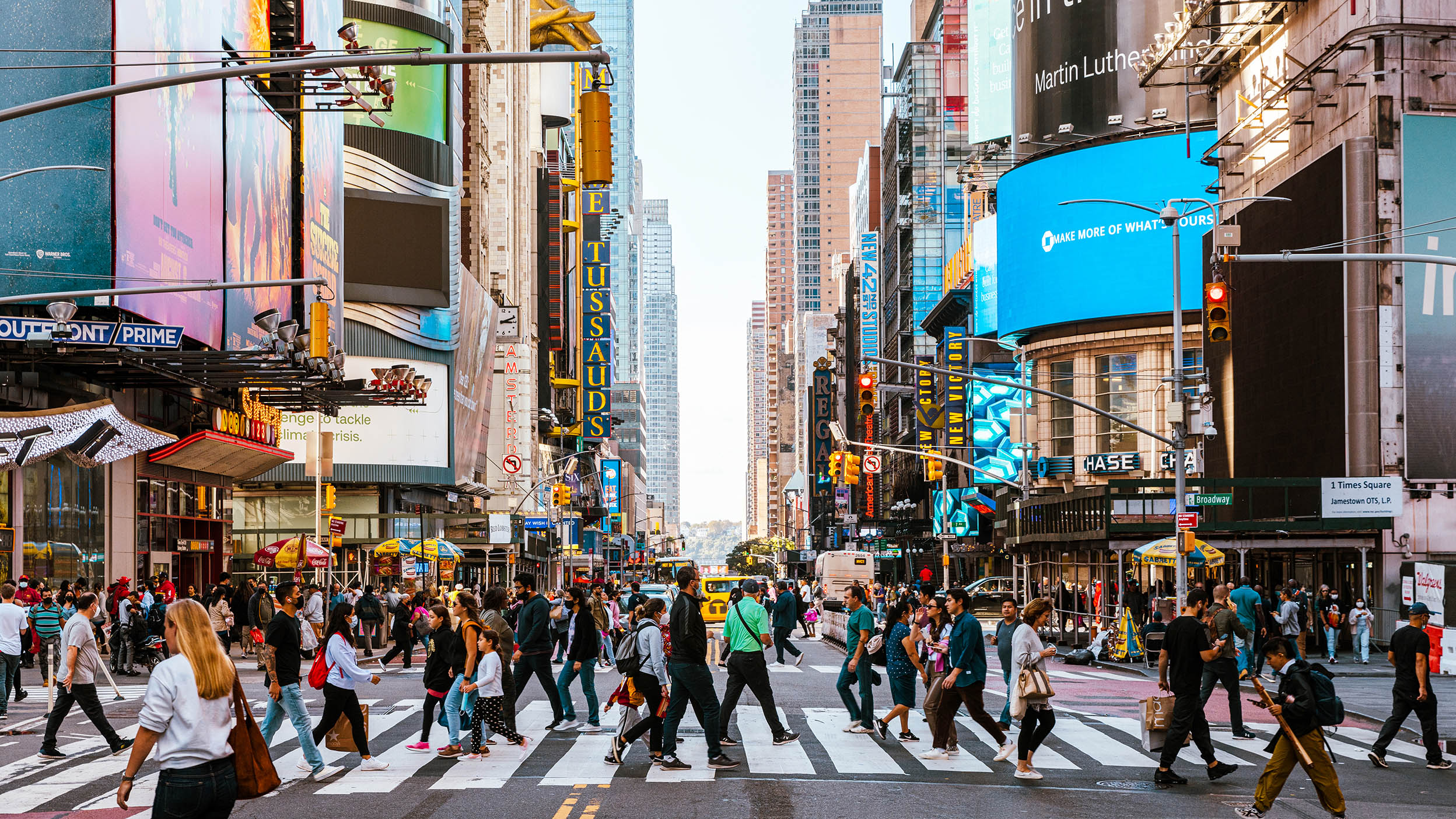
Fixed Income Bond bites: Ideas and insights in under three minutes
Today’s yield environment offers Canadian investors high-quality, stable income. Our Head of Investment Grade Portfolio Management explains why.

The tech sector had strong earnings, while more traditional sectors have lagged, so we’re positioning accordingly.
The combination of elevated yields, a healthy corporate index, and robust liquidity, may lead to tighter spreads.
Once again, we’ve moved to lower overall risk levels, favoring high quality credit and select asset-backed securities (ABS).
From AI-fueled tech earnings and tightening credit spreads to anticipated Federal Reserve rate cuts and evolving risk positioning, here’s how we’re navigating the bond market in August.
Craig: We've seen a bit of a bifurcation in earnings with strong showings from the technology sector while more traditional sectors have lagged. What are you seeing from different sectors from an earnings perspective?
Todd: Tech earnings have been very strong, led by the Magnificent 7 (Amazon, Apple, Alphabet, Meta, Microsoft, Nvidia, and Tesla), driven by their capital expenditures into artificial intelligence (AI).1 It's estimated that about $2 to $3 trillion is going to be spent on AI over the next couple of years.2 With that level of capital expenditure, there are going to be secondary and tertiary positive effects for the economy. On the other side, some of the lower end, consumer cyclical companies are seeing a little bit more pressure due to slowed consumer spending. For bank earnings, for example, asset quality is still favorable, and systematic risks appear to be negligible.
The bottom line is we see solid consumer balance sheets, supportive corporate balance sheets, and positive tailwinds for the economy from tech. But there are also some laggards and that's how we're positioning the portfolio. We're cautious on the lagging sectors and are positioning accordingly.
Craig: Spreads, or valuations, are optically rich. Are there reasons why they may continue to grind tighter?
Todd: While spreads are tight, yields are still very attractive on a historical basis.3 Whether it’s institutional or retail investors, people are buying some of the best yields that you’ve been able to get over the last 15 years.4
Additionally, we believe the health of the US Corporate Bond index, with a higher credit quality and lower duration than historical periods, is better than it has ever been.5 The combination of elevated yields, a healthy corporate index, and robust liquidity can paint the picture of why spreads may go tighter.
Craig: We saw a couple of big merger and acquisition (M&A) deals in July, one of which was Union Pacific acquiring Norfolk Southern. Was that a debt-funded deal and potentially a harbinger of more M&A to come?
Todd: One of the biggest concerns we had at the beginning of the year was late-stage M&A or shareholder-friendly activities that would be detrimental to bondholders. We didn’t see much of that due to the volatility surrounding Liberation Day. In these environments, people want to protect their balance sheets as well as their capital-protected liquidity. As credit spreads have gone tighter, we’ve seen more deal activity but, in our view, it's been more strategic in nature. We've been monitoring it but haven’t seen activities that are unfriendly to bondholders.
Craig: Year-to-date bond market performance has been strong, but valuations are still a bit tight. Volatility from higher inflation and tariff noise continues to persist. How have you synthesized that into portfolio construction and risk modulation?
Todd: We’ve oscillated risk a bit up and down. At the start of the year, we were more constructive on the growth outlook. Going into Liberation Day, we reduced risk due to elevated volatility. Since then, we’ve added risk back into the portfolios, though not to pre-Liberation Day levels. As spreads have continued to grind tighter, we’ve once again moved to lower overall risk levels. We believe there are still yield opportunities, so we’re overweight in higher-quality credit. We also see opportunities in the non-investment grade space. We’ve been buying collateralized mortgage-backed securities (CMBS) and asset-backed securities (ABS) deals linked to data centers with attractive yields, so there’s still a lot of idiosyncratic opportunities that make sense. I think we’ll trim a little more risk in August. Historically, September and October are a bit more volatile with a lot of new issue opportunities. It should serve us well to leave some dry powder on the table as we get into Fall.
Craig: We don’t typically take large bets on rates, but how are you positioned from a rate perspective?
Todd: We’re just a touch overweight on duration, about a quarter of a year, mostly in the short-end of the yield curve, while neutral on the long-end of the yield curve. Our view is that if we see negative economic data, we want to be positioned for it. We believe the short-end rates ultimately lead the curve lower and steeper.
Craig: Do you expect to see cuts by the Federal Reserve (Fed) this year? What’s your team’s view on the rate outlook?
Todd: Labor data and unemployment have been some of the sticking points for why the Fed did not want to cut rates. With the weaker employment data released on August 1, we believe there’s a clearer path to start cutting. We think we’ll get a rate cut in September with the potential for additional cuts before the year end. Even if rate cuts don’t materialize, the market is starting to look through to the end of Fed Chairman Jerome Powell’s term and what that means. Whether it happens during Powell’s term or the next, we think the future path of the policy rate is lower.

Today’s yield environment offers Canadian investors high-quality, stable income. Our Head of Investment Grade Portfolio Management explains why.

The Federal Reserve’s next move is on investors’ minds. What could a rate cut mean for investment grade bonds? We answer this question and more.

Our insights on strong bond returns, Federal Reserve rate cuts, tight credit spreads, and investor trends in a resilient economic environment.


Get the latest information and insights from our market strategists, investment experts, and tax and estate specialists.
You may unsubscribe from these communications at any time by emailing us at inquiriescanada@invesco.com or by calling us at 1.800.874.6275
Important information
NA4752783
Image: Getty Images/Burak Karademir
All investing involves risk, including the risk of loss.
Past performance does not guarantee future results.
Investments cannot be made directly in an index.
This does not constitute a recommendation of any investment strategy or product for a particular investor. Investors should consult a financial professional before making any investment decisions.
Fixed income investments are subject to credit risk of the issuer and the effects of changing interest rates. Interest rate risk refers to the risk that bond prices generally fall as interest rates rise and vice versa. An issuer may be unable to meet interest and/or principal payments, thereby causing its instruments to decrease in value and lowering the issuer’s credit rating.
Asset-backed securities are subject to prepayment or call risk, which is the risk that the borrower’s payments may be received earlier or later than expected. When interest rates are falling, early payments may need to be reinvested at lower interest rates, thereby reducing income. When rates rise, prepayments may happen more slowly, causing the security to lengthen in duration and potentially increasing volatility.
The Bloomberg US Corporate Bond Index measures the investment grade, fixed-rate, taxable corporate bond market. It includes US dollar-denominated securities publicly issued by US and non-US industrial, utility, and financial issuers.
Collateralized mortgage-backed securities (CMBS) are a type of asset-backed security (ABS) secured by a pool of mortgages on commercial properties. The risks include the possibility that distributions from collateral securities will not be adequate to make interest or other payments, the quality of the collateral may decline in value or default, the collateralized loan obligations may be subordinate to other classes, values may be volatile, and disputes with the issuer may produce unexpected investment results.
Many products and services offered in technology-related industries are subject to rapid obsolescence, which may lower the value of the issuers.
Credit spread is the difference in yield between bonds of similar maturity but with different credit quality.
Inflation is the rate at which the general price level for goods and services is increasing.
Yield-to-worst is the lowest potential yield an investor can receive on a bond without the issuer actually defaulting.
The yield curve plots interest rates, at a set point in time, of bonds having equal credit quality but differing maturity dates to project future interest rate changes and economic activity.
The opinions referenced above are those of the author as of August 18, 2025. These comments should not be construed as recommendations, but as an illustration of broader themes. Forward-looking statements are not guarantees of future results. They involve risks, uncertainties, and assumptions; there can be no assurance that actual results will not differ materially from expectations.
This link takes you to a site not affiliated with Invesco. The site is for informational purposes only. Invesco does not guarantee nor take any responsibility for any of the content.